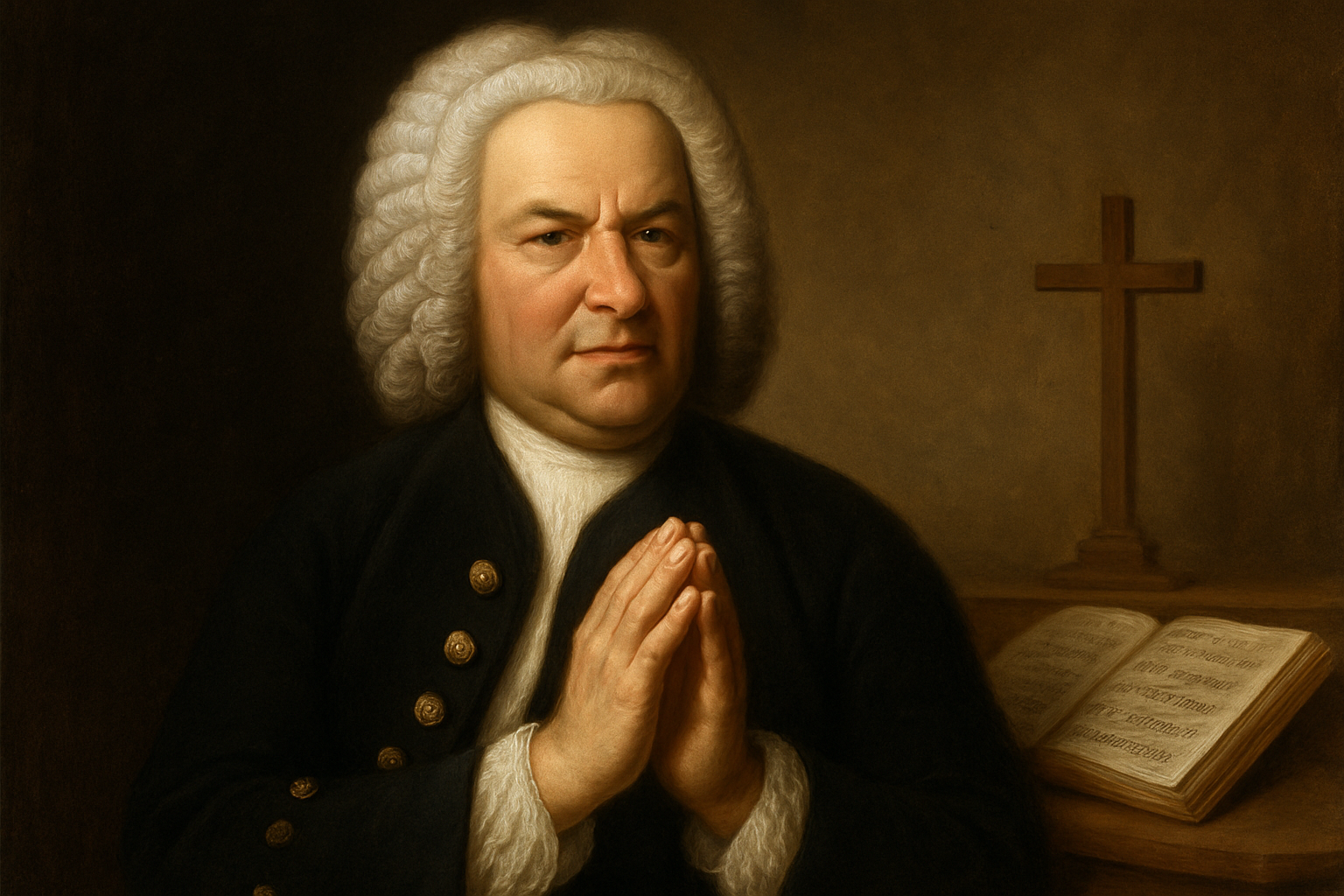Bach’s Benediction: The Role of Faith in His Instrumental Works
Johann Sebastian Bach, one of the towering figures of Western classical music, is often synonymous with the Baroque era’s intricate soundscapes. His works span a wide range of musical forms, from the sacred to the secular. Despite his broad spectrum of compositions, Bach’s deep Lutheran faith permeates both his vocal and instrumental compositions. This article explores how Bach’s spiritual convictions influenced his instrumental works, leaving an indelible mark that transcends mere notes on a page.
A Foundation of Faith
Bach once said, “The aim and final end of all music should be none other than the glory of God and the refreshment of the soul.” This statement highlights his belief in the divine purpose of his musical endeavors. Born in 1685 into a family of musicians, Bach was nurtured within a spiritual environment steeped in the Lutheran tradition. His faith not only defined his personal ethos but also significantly influenced his compositional approach.
The sacred underpinnings of Bach’s faith can be found even in his most secular compositions. For example, his Brandenburg Concertos, though intended for secular court occasions, echo the complexity and depth found in his vocal church music. Bach’s ability to intertwine the sacred with the secular illustrates his view of music as a universal language in which divine truths could be communicated.
Symbolism in Structure
Bach’s instrumental works often employ a structure that alludes to theological concepts. The use of triadic harmonies, prevalent in his compositions, serves as a symbolic reference to the Holy Trinity. This structural symbolism is especially evident in pieces such as the Prelude and Fugue in C Major, BWV 846, which opens The Well-Tempered Clavier. The work’s architectural balance and purity of line evoke a spiritual clarity that resonates with his theological principles.
In many ways, Bach’s instrumental music acts as a form of untexted chorales, where musical gestures and harmonies convey spiritual messages without explicit words. As musicologist Albert Schweitzer noted about Bach’s music: “It is not merely music. It is the expression of soul and mind which echoes that of the Divine will.”
Mystical Numerology
Bach’s affinity for numbers and their mystical representation in music is well documented. He employed numerology as a bridge between the human and divine. For instance, the number three in his compositions frequently symbolizes the Trinity, while the number four often represents the Gospels.
One striking example is the Goldberg Variations. The work consists of 30 variations, which, if examined closely, reveal numerical patterns that are believed to correspond with spiritual texts. Bach’s use of symmetry and mathematical precision serves as a metaphor for divine order, embodying his belief in a universe governed by a higher power.
Harmony as a Divine Language
Bach’s instrumental works are renowned for their rich harmonic language. His chorale preludes and organ works, even those intended for performance in non-liturgical settings, use harmony as a means of expressing spiritual dialogue. Through these complex harmonic structures, he creates an atmosphere that transcends the temporal world, inviting listeners into a meditative state reflective of prayer.
As noted by music scholar Christoph Wolff, “Bach’s polyphony and counterpoint are a symbolic enactment of the divine order—the greatest possible harmony of the cosmos reflected in the greatest possible harmony of sound.”
The Legacy of Faith
Bach’s final work, The Art of Fugue, is an unfinished masterpiece that remains enigmatic in its intent. Scholars have speculated that this work, comprised of multiple fugues and canons all derived from a single theme, is a testament to Bach’s unwavering faith. The work’s incomplete nature, coupled with its intricate counterpoint, suggests a spiritual continuity that extends beyond Bach’s earthly life.
Though devoid of explicit religious text, Bach’s instrumental music is imbued with a profound sense of the divine. Whether through structural symbolism, mystical numerology, or harmonic discourse, Bach’s works continue to offer listeners an experience that is deeply rooted in his faith—a benediction that endures through his art.
In conclusion, the role of faith in Johann Sebastian Bach’s instrumental works provides a rich tapestry of musical brilliance interwoven with spiritual depth. His compositions remain a testament to his belief in music as a divine gift, a force for glorifying God and refreshing the human spirit.
As listeners revel in Bach’s complex fugues or serene cantatas, they are not just witnessing musical genius but also partaking in a spiritual journey envisioned by the composer centuries ago. Bach’s music is, and will always be, a luminous beacon of faith translated into sound.
